- Pirelli
- Winter Tyres
- All-Season Tyres
- Winter Tyres Advisory
- Winter Safety
- Pirelli P Zero Winter 2
- Pirelli Cinturato All Season SF3
Pirelli Releases Comprehensive Advisory And Suggestions On Winter Tyres
- By TT News
- November 13, 2024
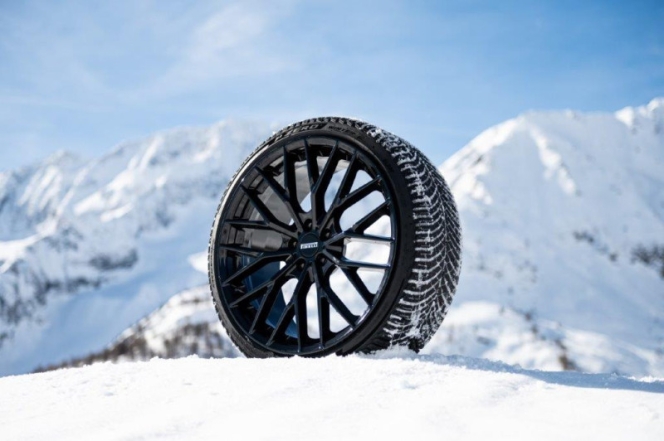
Italian multinational tyre manufacturer Pirelli has released an advisory on winter tyres to help its customers sail through the cold season worry-free. The advisory takes into account every aspect of the challenging cold season and presents some useful suggestions on choosing the perfect tyres for the winter season, as well as the specific regulations governing winter tyres in different European countries. The company also briefs on its latest winter tyres, the P Zero Winter 2 and the Cinturato All Season SF3, which will face their first winter on the road.
Which tyres to choose?
The ideal choice for cold weather is always winter tyres, which are made with specific compounds to offer optimal grip and increased traction on both dry and wet surfaces, reducing the risk of aquaplaning.
On both winter and all-season tyres, it’s important to check the markings on the sidewall. The M+S symbol denotes a tyre that has been specially designed for tricky surfaces, but even higher levels of safety are indicated by the 3PMSF logo (representing a mountain with three peaks, along with a snowflake). This logo means that the tyre has passed all the tests associated with the most challenging conditions in winter.
So the level of safety is clearly illustrated by the markings, but the choice to fit winter or all season tyres comes down to a number of different factors. Above all, it depends on how the car is used. Intense use with higher mileage (in excess of 25,000 kilometres a year) as well as more powerful and bigger cars, or frequent drives in mountainous areas, call for a full winter tyre. Predominantly urban driving and smaller vehicles (from city cars to compact SUVs) allow for the use of all season tyres.
Swapping between summer and winter tyres is the best choice for the majority of drivers, but the other option is an all-season tyre, such as the Pirelli Cinturato All Season SF3. This meets the needs of more urban drivers perfectly, as many comparative tests recently won by the new Pirelli have already proven.
Driving advice for winter
As well as having the right tyre, it’s important to have the right driving style. Whenever it’s dry in winter, the same approach can generally be taken as in summer, but it’s important to remember that there’s less grip and so it’s advisable to maintain a bigger margin of safety.
Wet or snowy conditions are a different proposition, where the same sort of driving style should be adopted as for fuel-saving. In other words, no harsh acceleration, which can cause wheelspin on snow, while braking should be kept to a minimum, with engine braking preferred instead. Maintaining a healthy stopping instance is also more important than ever, to avoid running into the car in front. When it comes to parking, diagonally is best if possible: especially when snowploughs dump snow by the side of the road.
Drivers of electric cars need to pay particular attention: battery life tends to diminish in winter, which means that it’s better to rely on tyres with low rolling resistance. This is a fundamental characteristic to guarantee a longer range, which Pirelli caters for thanks to its bespoke ‘Elect’ technology. The very first winter car tyre to score ‘A’ for rolling resistance has been recently launched by Pirelli: the P Zero Winter 2 for the BMW i7.
European legislation around winter tyres
Those travelling around Europe need to know about individual regulations that apply to each country. Both Germany and France are changing their rules about winter tyres this year, for example.
France: From 1 November to 31 March, winter tyres with M+S and 3PMSF markings are compulsory in mountainous regions and areas that are specifically signposted.
Germany: The use of winter tyres, which are identified with M+S and 3PMSF symbols in Germany, are compulsory for wintry roads and conditions.
Austria: For roads in winter conditions, M+S marked tyres with a tread depth of at least four millimetres on all four wheels are compulsory from 1 November to 15 April.
Switzerland: Winter tyres are not mandatory, but anyone who causes traffic congestion by driving on summer tyres in winter conditions, or anyone who has tyres judged to be defective, can be punished.
Croatia: In winter conditions from 15 November to 15 April, it’s compulsory to fit winter tyres with M+S markings and a tread depth of at least four millimetres on all the wheels.
Greece: From 15 October to 15 March, it’s obligatory to fit M+S and 3PMSF winter tyres on all four wheels on roads that are covered in snow, specifically signposted, or in the case of specific public announcements.
Spain: M+S tyres have to be used at least on the driven wheels if it snows, and chains can be used in indicated areas, up to a maximum speed of 50 kmph, if there is snow on the road.
Sweden: All vehicles must use M+S and 3PMSF winter tyres with a minimum tread depth of three millimetres from 1 December to 31 March in winter conditions.
Italy: It’s compulsory to carry chains in the car or fit winter tyres with M+S markings from 15 November to 15 April. The rule applies outside of urban areas, but it can also be requested within them by local authorities.
Pirelli’s winter tyres
Pirelli has developed a comprehensive range of winter and all-season tyres to respond to all requirements and driving conditions. Two new Pirelli winter and all-season products make their debut for this winter in 2024: the P Zero Winter 2 and Cinturato All Season SF3, both of which have obtained winning results in comparative tests conducted by specialist publications. Those looking for maximum performance and safety in winter conditions can rely on the P Zero Winter 2, which took the top score (A) on the European tyre label for wet grip, with excellent braking on snow.
The latest all-season tyre from Pirelli is the Cinturato All Season SF3, which offers year-round control as shown by the Performance Mark: a seal of excellence issued by certifying body TÜV SÜD. The new Pirelli all season tyre features the 3PMSF marking, which guarantees safe driving even on icy and snowy surfaces. These continuous safety and performance improvements – even in the most extreme winter conditions – stems from the unstinting work of Pirelli’s engineers, who use the most advanced virtual modelling techniques as well as artificial intelligence and driving simulators.
WACKER Secures Gold Medal In EcoVadis Sustainability Rating
- By TT News
- December 18, 2025
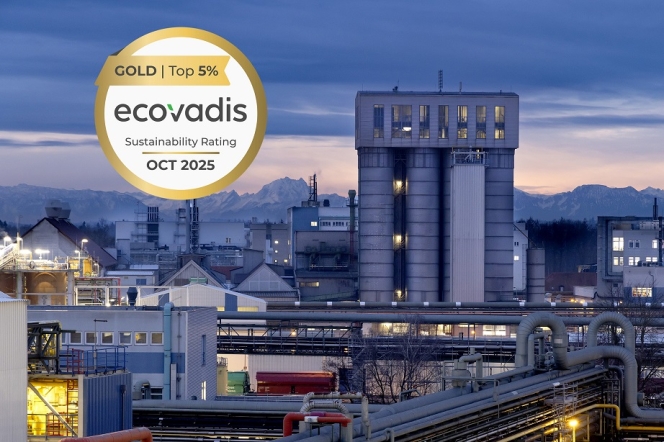
WACKER has earned the 2025 Gold Medal from the independent rating agency EcoVadis, marking its continued recognition for sustainable practices and responsible corporate governance. This distinction places the company within the top five percent of all businesses assessed by EcoVadis (over 1,000 companies globally). WACKER's overall score improved from 77 points (in 2024) to 79 points, driven largely by enhanced reporting and concrete actions focused on Scope 3 emissions and ethical standards.
The EcoVadis assessment measures the quality of a company’s sustainability management through a methodology grounded in international frameworks like the Global Reporting Initiative, the UN Global Compact and ISO 26000. Performance is scored from 0 to 100 across four core areas: environment, labour and human rights, ethics and sustainable procurement, using 21 specific indicators.
In line with its commitment, WACKER provides its EcoVadis evaluation to customers as a standardised and credible validation of its sustainability efforts. The company has also defined ambitious climate targets, aiming to halve its absolute greenhouse gas emissions by 2030 relative to 2020 levels. Progress is already evident, with a 30 percent reduction achieved as of 2024. Looking further ahead, WACKER strives to reach net-zero emissions across its operations by the year 2045.
Peter Gigler, Head of Corporate ESG, WACKER, said, “The result confirms our initiatives in many key areas. It provides our customers with invaluable proof.”
Craig Borman Appointed As Head Of OTR At BKT USA
- By TT News
- December 18, 2025
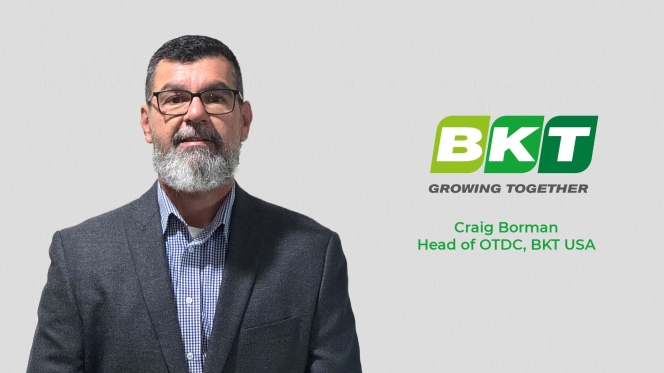
Balkrishna Industries Ltd (BKT Tires), a global leader in off-highway tyre manufacturing, has appointed Craig Borman as Head of OTR at BKT USA. The appointment is in line with BKT’s long-term strategy through 2030.
Borman brings with him 20 years of experience across off-road equipment, tyres and rubber tracks. He will play a key role in leading BKT USA's OTR team and expanding the company's presence in this market while increasing awareness of the value and dependability of BKT's range of products.
Borman said, “I’m extremely excited to join the BKT family and to build off the successes that this team has already achieved. I look forward to engaging with our partners, determining how we can accelerate our mutual growth and working towards achieving BKT’s vision of being a recognised leader in the OTR segment.”
Christian Kötz To Succeed Nikolai Setzer As Continental CEO In Planned Handover
- By TT News
- December 18, 2025
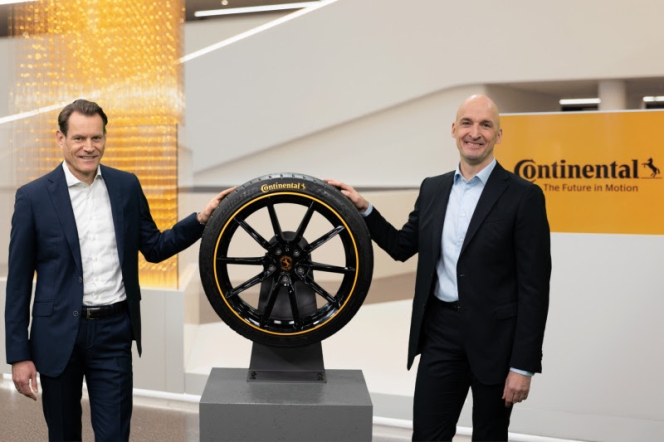
The Supervisory Board of Continental AG confirmed a significant leadership transition during its meeting on 17 December 2025. Christian Kötz will be appointed as the new Chairman of the Executive Board and Chief Executive Officer, effective 1 January 2026. He succeeds Nikolai Setzer, who will step down from the Executive Board on 31 December 2025. Setzer's departure follows more than 16 years as a board member, including the last five years in the CEO role, and occurs by mutual agreement as the company reaches a pivotal point in its strategic evolution.
This planned change in leadership aligns with the substantial progress Continental has made in its transformation into a pure-play tyre company. Major structural milestones have been achieved, including the spin-off of Aumovio and the signing of an agreement to sell the Original Equipment Solutions (OESL) business area. Regarding the planned 2026 sale of ContiTech, internal preparations are largely complete. The market outreach phase has concluded, and a structured sales process is scheduled to begin in January 2026, setting the stage for the final step in the corporate realignment.
Kötz’s extensive background within the tyre business, dating back to 1996, positions him to lead this final phase. A member of the Executive Board since 2019, his previous leadership roles within the Tires group sector included responsibility for the passenger car tyre replacement business in the EMEA region, the original equipment and commercial vehicle tyre business units and global research and development for passenger car tyres. His many years of trusted collaboration with Nikolai Setzer are expected to ensure continuity during the transition.
Kötz will lead an Executive Board comprising several key figures. Alongside him and Philip Nelles, who has headed the ContiTech group sector since 2021, are Roland Welzbacher and Ulrike Hintze. Welzbacher joined the board in August 2025 and assumed the role of Chief Financial Officer on 1 October 2025. Hintze was appointed to the board on 1 July 2025, serving as Chief Human Resources Officer and Director of Labour Relations. This board will be responsible for driving the tyre business forward, completing the corporate realignment and, following the sale of ContiTech, integrating the remaining group functions into the tyre organisation.
Wolfgang Reitzle, Chairman of Continental’s Supervisory Board, said, “Nikolai Setzer has been instrumental in shaping Continental, realigning the organisation and paving the way for three strong, independent companies. For this, he has the thanks of the entire Supervisory Board as well as my personal gratitude. With this handover, we are consolidating responsibility for the tyre business, the realignment and the remaining tasks of the group functions in one role. Christian Kötz is one of the most distinguished managers in the global tyre industry. With his extensive experience and passion for Continental, we firmly believe he is the right choice to lead the company successfully into the future.”
Setzer said, “In recent years, we have succeeded in transforming a diverse portfolio of businesses into three strong, independent champions. After 28 years at Continental, now is the right time for me to hand over responsibility to Christian Kötz. I’m extremely grateful for the journey we’ve all shared and proud of what we’ve all achieved together. I firmly believe that the tyre business, ContiTech, Aumovio and OESL have a promising future ahead.”
Kötz said, “I would like to thank the Supervisory Board for its trust and am excited about this new responsibility. Continental has been my professional home for three decades. Together with the Executive Board team and all colleagues throughout the company, we will complete the realignment and continue the success story of our tyre business.”
Law Hieling Elected To GPSNR Executive Committee
- By TT News
- December 17, 2025
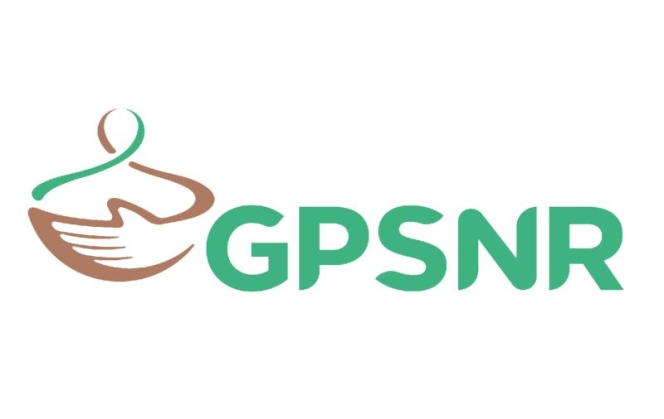
Following the 2025 General Assembly, Law Hieling has been elected to the Global Platform for Sustainable Natural Rubber (GPSNR) Executive Committee to represent the Manufacturer category. His 27-year international career at Michelin, encompassing roles in finance, commercial sales, distribution and his current leadership in natural rubber purchasing, provides a profound, ground-level understanding of the global tyre industry.
This extensive background has given him a clear appreciation for the intricate balance between commercial needs and ecological responsibility. He is committed to leveraging this perspective to help drive the collaborative, transparent and equitable solutions that are essential for a genuinely sustainable natural rubber value chain, benefiting both people and the planet.
Hieling said, “I look forward to contributing to the work of the Executive Committee in advancing responsible practices across the natural rubber sector.”







Comments (0)
ADD COMMENT